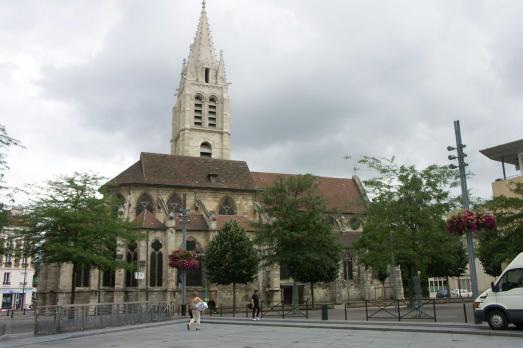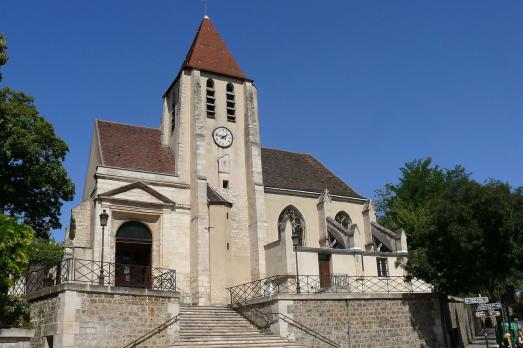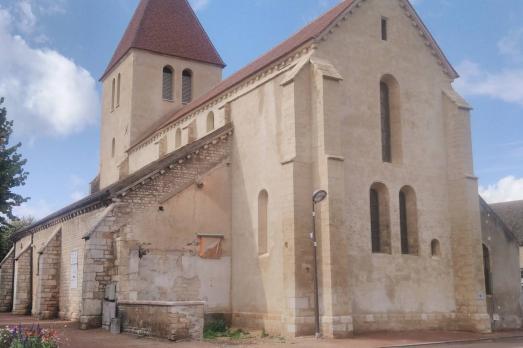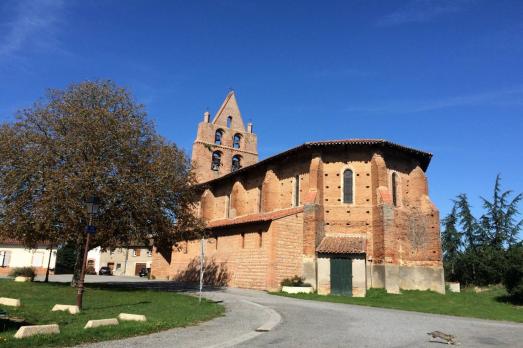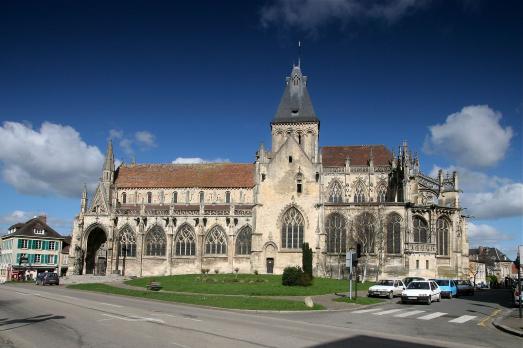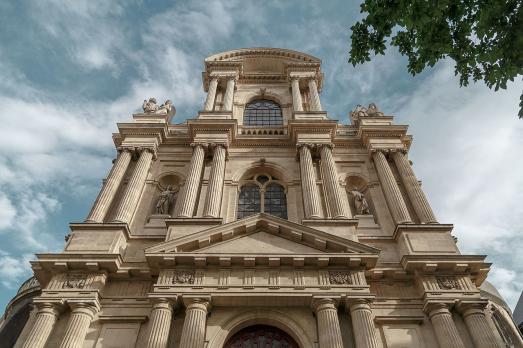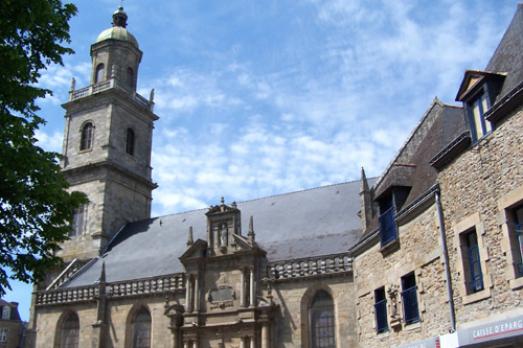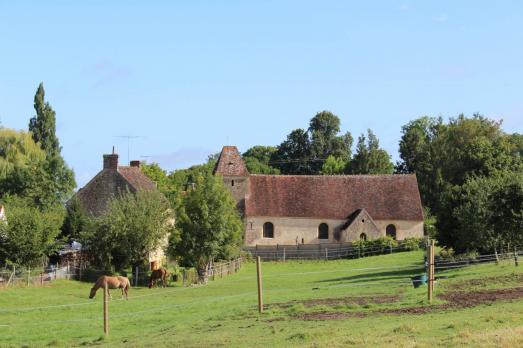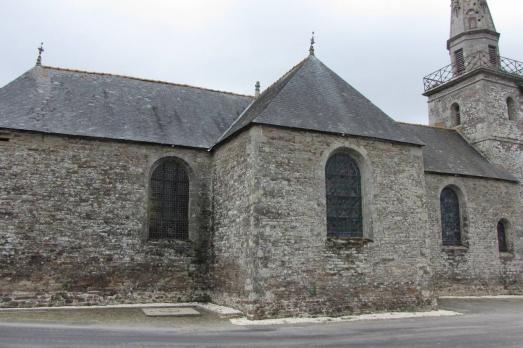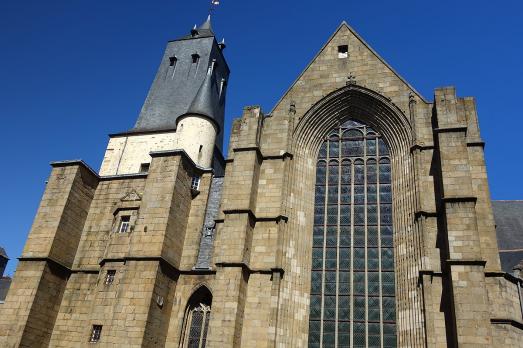
Church of Saint-Germain
Rennes, FR
The Church of St. Germain was rebuilt from the 1450s in a flamboyant Gothic style, of which it is a particularly accomplished example, with contrasting voids and solids, play of light, extreme thinness of the pillars, a broken barrel vault panelled in a continuous interior space. The reconstruction lasted more than a century. Around 1610, it was extended by the reconstruction of the southern transept.
